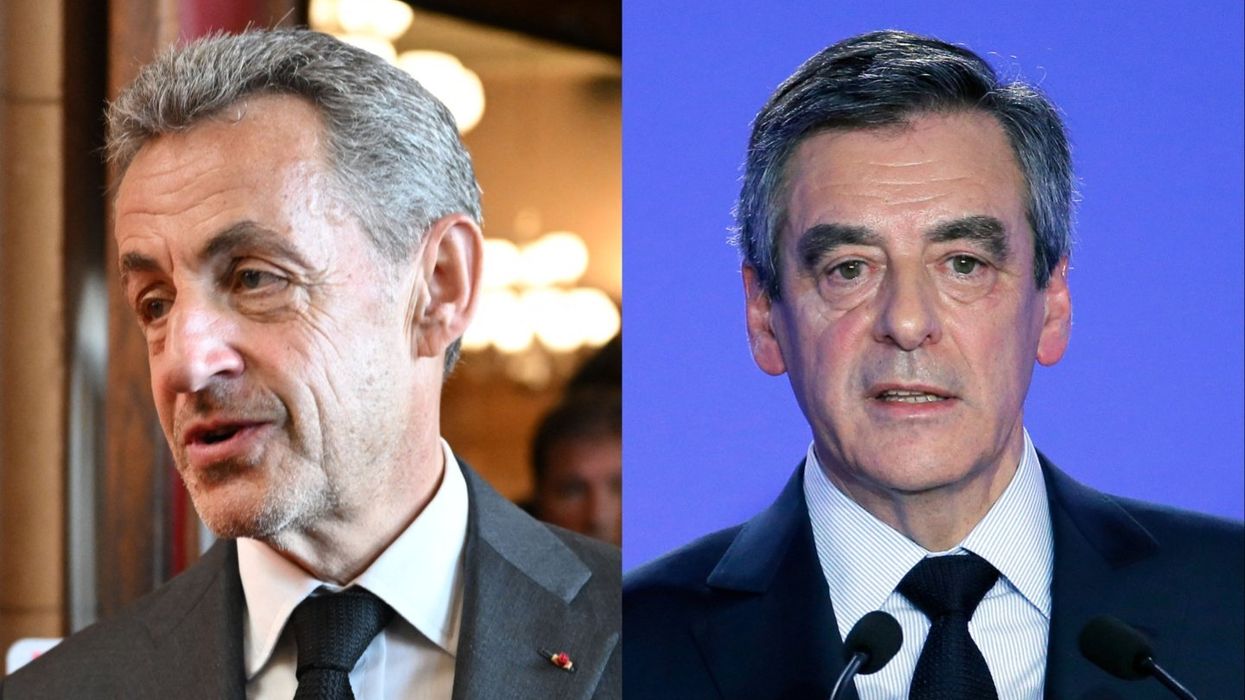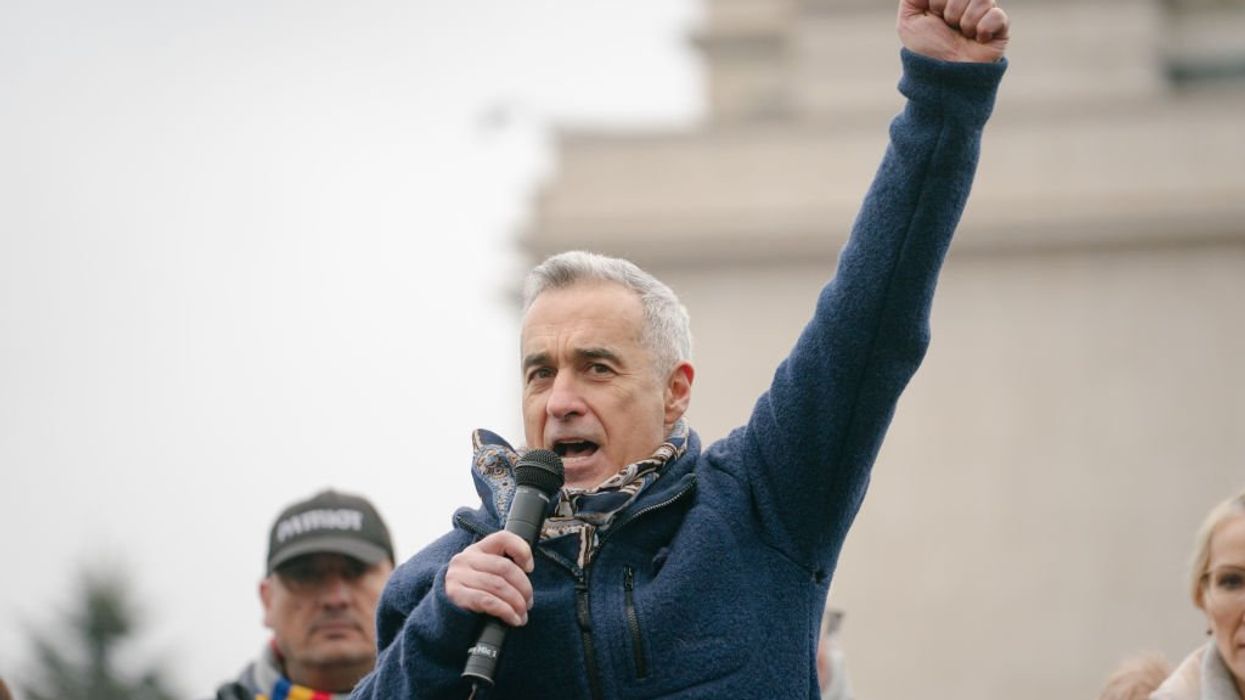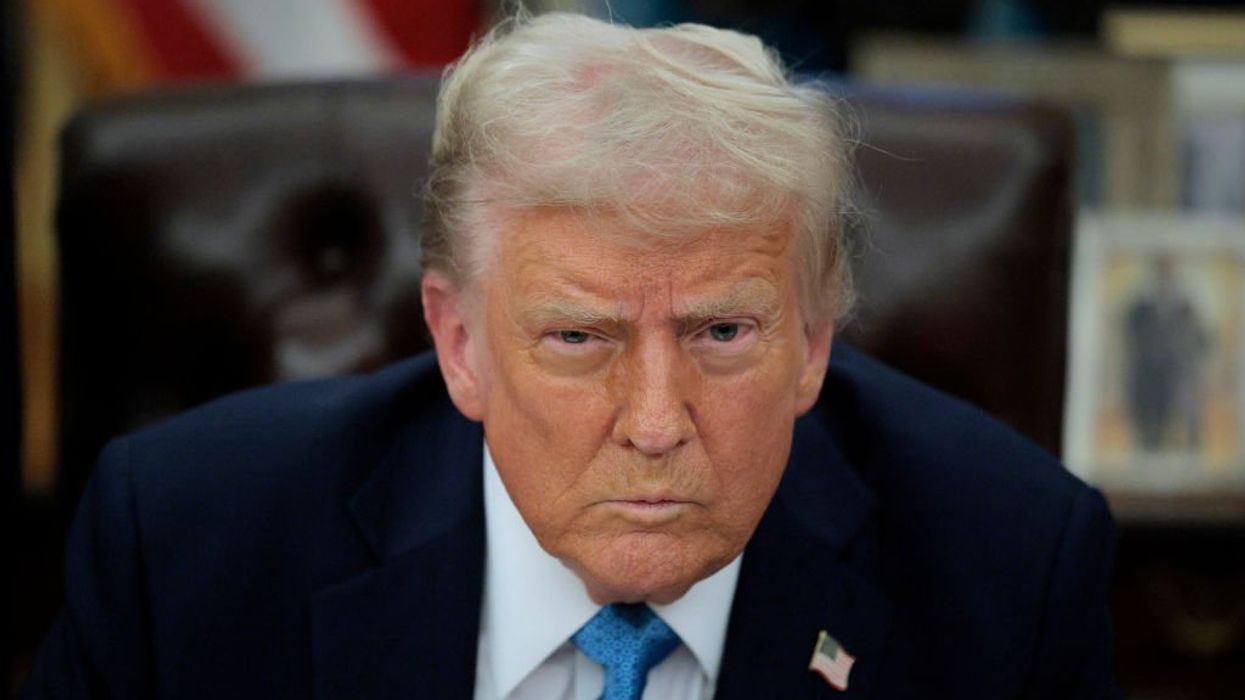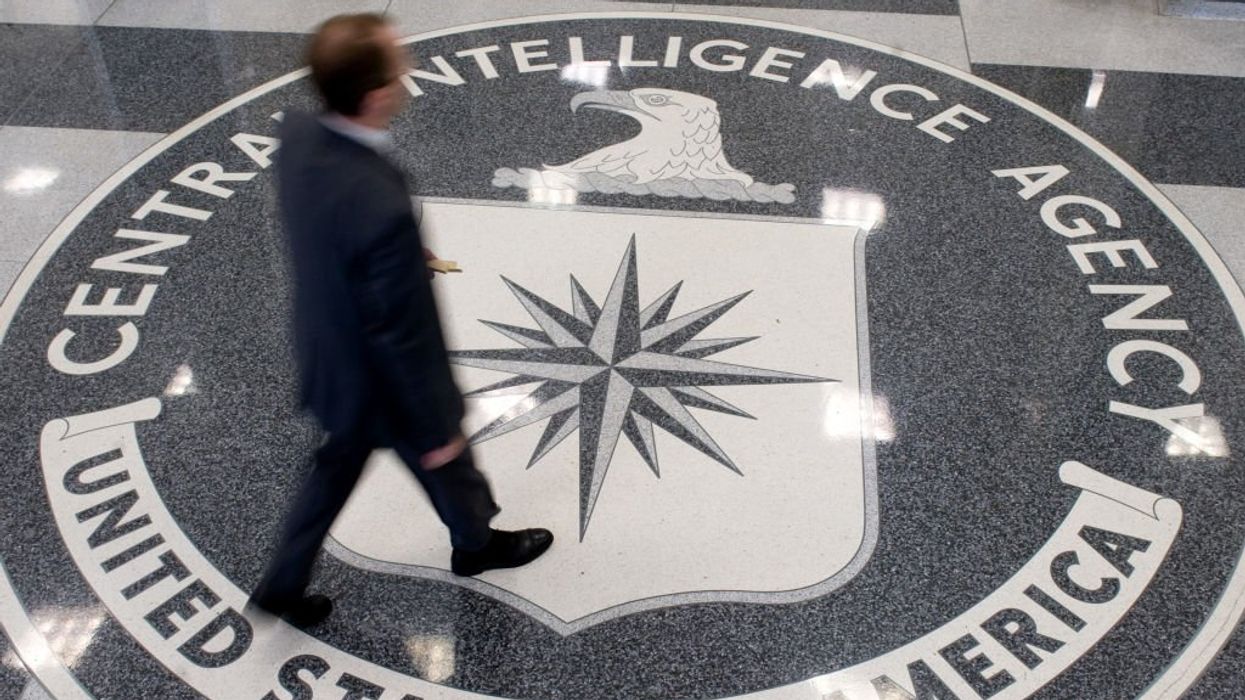Over the weekend, Glenn invited some friends over for dinner. (WARNING: Glenn will ALWAYS talk about his private dinners with friends on air). One of the guests is getting read to start college, and of course that triggered a discussion over the true value of a college education. The growing student debt issue is out of control - and no one seems willing to think outside of the box on how to fix it. Glenn shared some simple alternatives on radio this morning, and what could happen if things don’t change soon.
Below is a rush transcript of this segment
GLENN: I tell you, we had Mother's Day at the house on Sunday. And we had the Sheltons over, and their daughter is going to college this year. And, you know, she was looking at colleges. She was accepted to a bunch of colleges they were 50, $60,000 a year. And, you know, they can't afford that. So she is going to a community college for two years. So the conversation started talking about community college. And all the people there that were in their 20s were all saying the same thing. My friends who went to a good four-year college, they're all miserable. They don't have prospects, and they have this huge debt on their hands. Anybody that went to a two-year school, a community college and either ended it there or then transferred to the four-year, they're all, you know, looking at their first house. They're looking at jobs they can -- they're not underwater with debt.
PAT: That makes a lot of sense. Because two of my sons best friends. My son who got back from a church mission. One of his best friends went to Oklahoma for four years. And studied engineering. Wanted to become a petroleum engineer, which he now is. But has no job. The other of his best friends went to trade school for a few years. Met somebody at trade school. And the guy was impressed with him. Had him come out and do an intern with him for a while. He's now making $105,000 a year in central Texas. I think Midland. As a petroleum engineer.
[laughter]
So one of them went to school and accrued, you know, 150, 200,000 dollars' worth of debt. The other is paid up now and is getting paid. I mean, it's kind of amazing when you --
GLENN: I just -- you just don't send them to --
PAT: You really need to figure out what's best for you and not go down that road thinking a four-year school is the best way to go.
GLENN: If you want to be a doctor, four-year school, six-year, eight-year school, that's what you have to do. There's some things that you just don't have to have that for. And everybody goes to these expensive schools, and most kids go to find themselves.
STU: You can do that a lot more inexpensively. Ask Jeffy.
[laughter]
GLENN: Ask any of us. We all did it. We did it on our own dime making money.
STU: Yeah. It's weird because our field is a little bit different than I think some -- and obviously doctor. You need to know how to do your job here. So you go and you learn on the job. And that's the best way to learn this job.
PAT: And how many people have asked us, for years, should I go to broadcast school? The answer to me is always, no. Emphatically no. You want to pay $5,000 a year to go out --
GLENN: Pay me 1,000. I'll teach you more.
STU: Don't. No, you won't. You don't have the time. In theory, you would.
GLENN: Get me a bunch of kids to pay me $1,000. I'll teach them everything I know. I know nothing. Go out there and learn it on your own. Give me the check.
STU: So you're looking for a way to take people's money.
GLENN: No. I give them good advice. Don't listen to anybody like me. Don't spend -- do it your own. Here, give me your thousand dollars. Thank you very much. Here's what you do. There's a lot of people that will take you for a sucker, I just did. Learn from that.
PAT: That's an important life lesson. Yeah.
JEFFY: It does make you wonder why the government wants to get their hooks into the community colleges though by making it free.
STU: Well, it's just step one. Tom Hanks was just talking about this in a video yesterday. He was saying, I really hope this program sticks. This idea sticks. Free community college for two years. First of all, any idea sticks when it's handing free money to people. People will take that every single time. That's not an idea. That's purchasing someone. That's something different. But when it comes to free community college for two years, only if you work, I think is their -- if you work for it. Well, that becomes free community college for two years with no work. Then it becomes free community college for four years. Then any school you want for four years. Then free anything for all years. Like it's just immigration. Social Security is another example. Well, we need insurance for these widows, their husbands die early. You know, this is sad. This is why we'll make it after the age of death, we will start paying money. Because occasionally, there's this widow that lives really long. No one can plan for that. Now, it's, I got to get to retirement. Sure, I can work for another 20 years. I have to get to retirement so I can kick my shoes off on the beach and retire in some form of luxury. Now, when that was not the attempt of the -- the program at the beginning. They would never have been able to sell it if that sold it that way to that generation of people. But now we've had a long time of expecting thins from the government. Now those things some logical to even many conservatives.
GLENN: It's really interesting because you have a happier view of what I think they're doing.
STU: Wow. Really?
GLENN: You think they're just trying to bankrupt the country.
STU: Well, or make everybody dependent on government.
GLENN: Yeah, I think they are -- I think that's the goal. Enslaving them. Because once -- once they give you this for free, there's going to be work involved. And I don't think they're going to take away the work. I think you're going to have to pay these things back. Why is the federal government guarantees these things and then makes it the only thing you can't wipe off? You can go bankrupt. Wipe off houses, cars, everything else. But not your educational debt. You must pay your educational debt. Okay. All right. So now when people can't pay their educational debt. What do they have to do? Well, why don't you serve your country? I think our -- I think our children will be enslaved by this debt. And it's not just the educational debt. It's all of the debt. And, quite honestly, I think we're all going to be enslaved. You know, look at what's happening. Just with oil.
Canada is begging us. Take our oil. Take our oil. We're saying it's bad for the environment to put a pipeline across our country. Is it bad for the -- is that worse for the environment than loading up giant tankers in the Middle East and shipping them across the ocean?
STU: It's, of course, safer to go through the pipeline and at less cost.
GLENN: Not only less cost. Less fuel. Less carbon emissions. You're pumping -- those engines are running all the way across the ocean.
STU: Who do you have other than the senior editor at nature magazine or science magazine. One of the two. I can't remember which one it is. Who said just that, that actually preventing the pipeline is worse for the environment because these oil cents will be used anyway.
GLENN: Right. Think of this. We're paying to have all of that -- all of that oil shipped from Saudi Arabia, put on giant ships, all that carbon emission to get it over here. Then all that carbon emission to get it back for another load. While Canada is doing the same thing for China! Taking all that oil. Why don't we just try to keep it on our own continent?
STU: Yeah, there's no reason we can't be North American in energy.
GLENN: Exactly right. Exactly right. Between Mexico and Canada and the United States, we have more fuel than anybody else in the world by far. And what are we doing with it?
PAT: By far.
GLENN: So when we aren't paying our own debt, we won't tap our own resources, we won't sell our own land, we won't sell our own assets, we won't do anything to pay off our debts, at some point China will come knocking on the door and say, you owe me $7 trillion. Now, we can pay off that debt. But we won't. And they're just going to -- we're going to repossess. We want this area. This area. This area. Or, we want you to produce these things. And we'll all be making bamboo umbrellas for the Chinese. And we'll all be enslaved to that debt.











